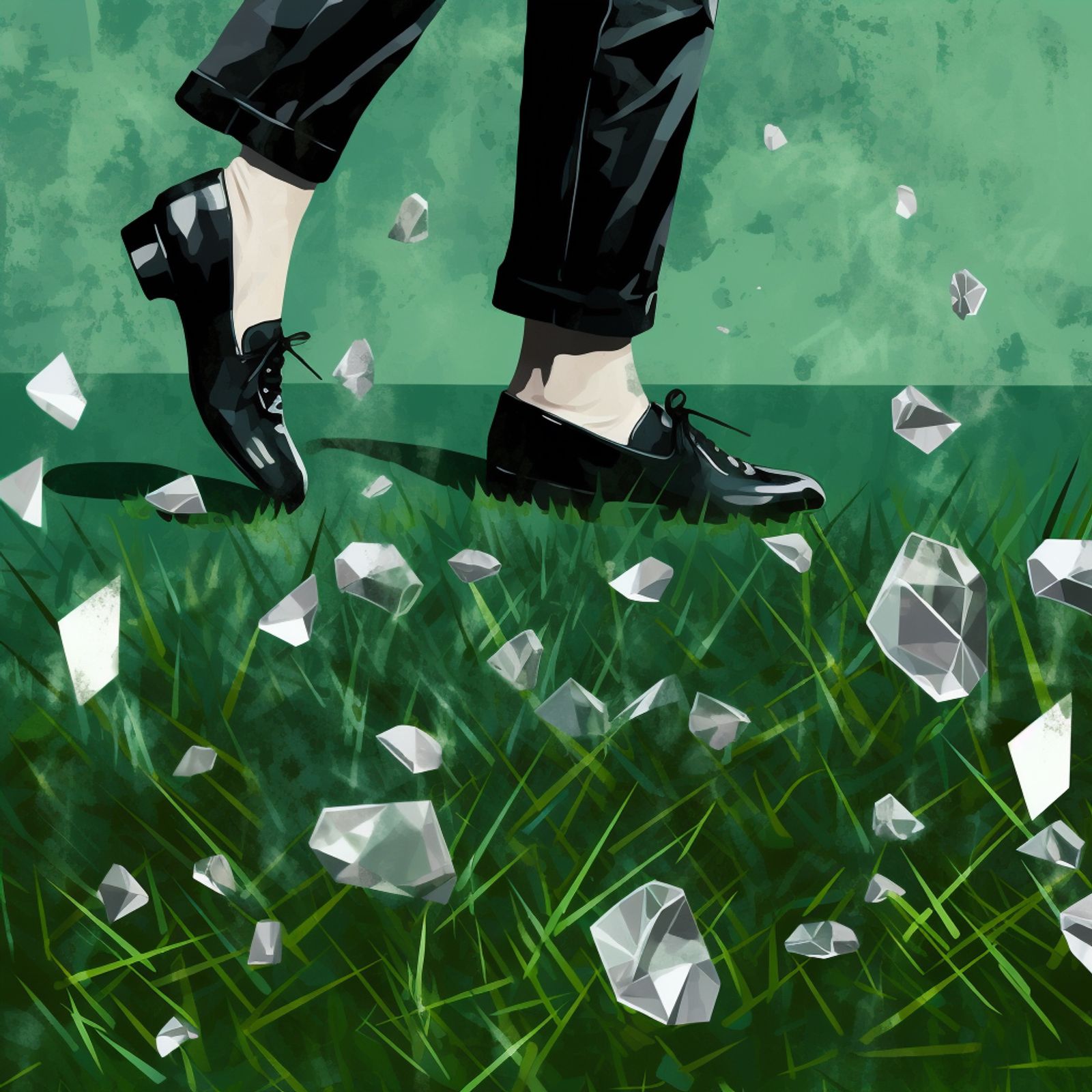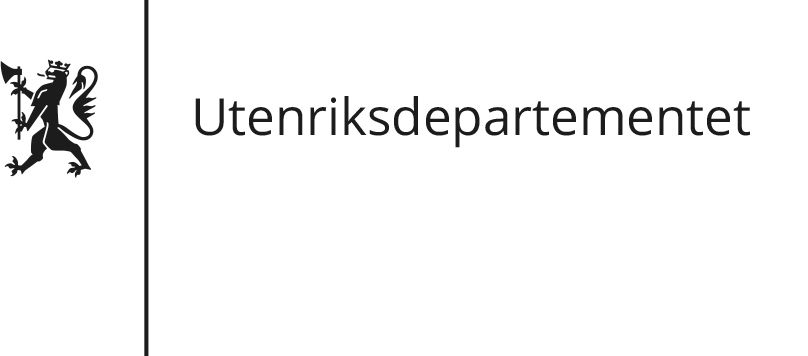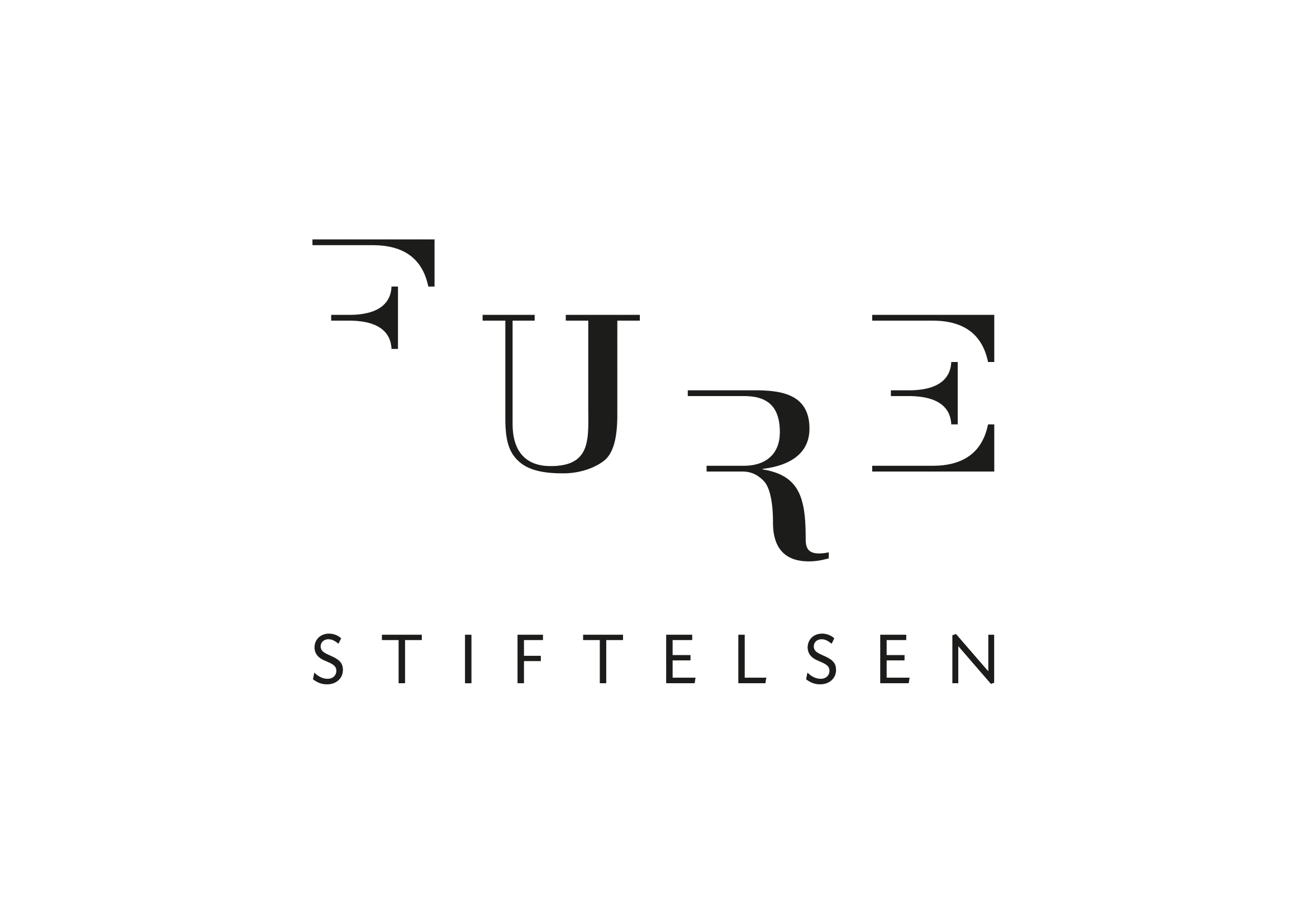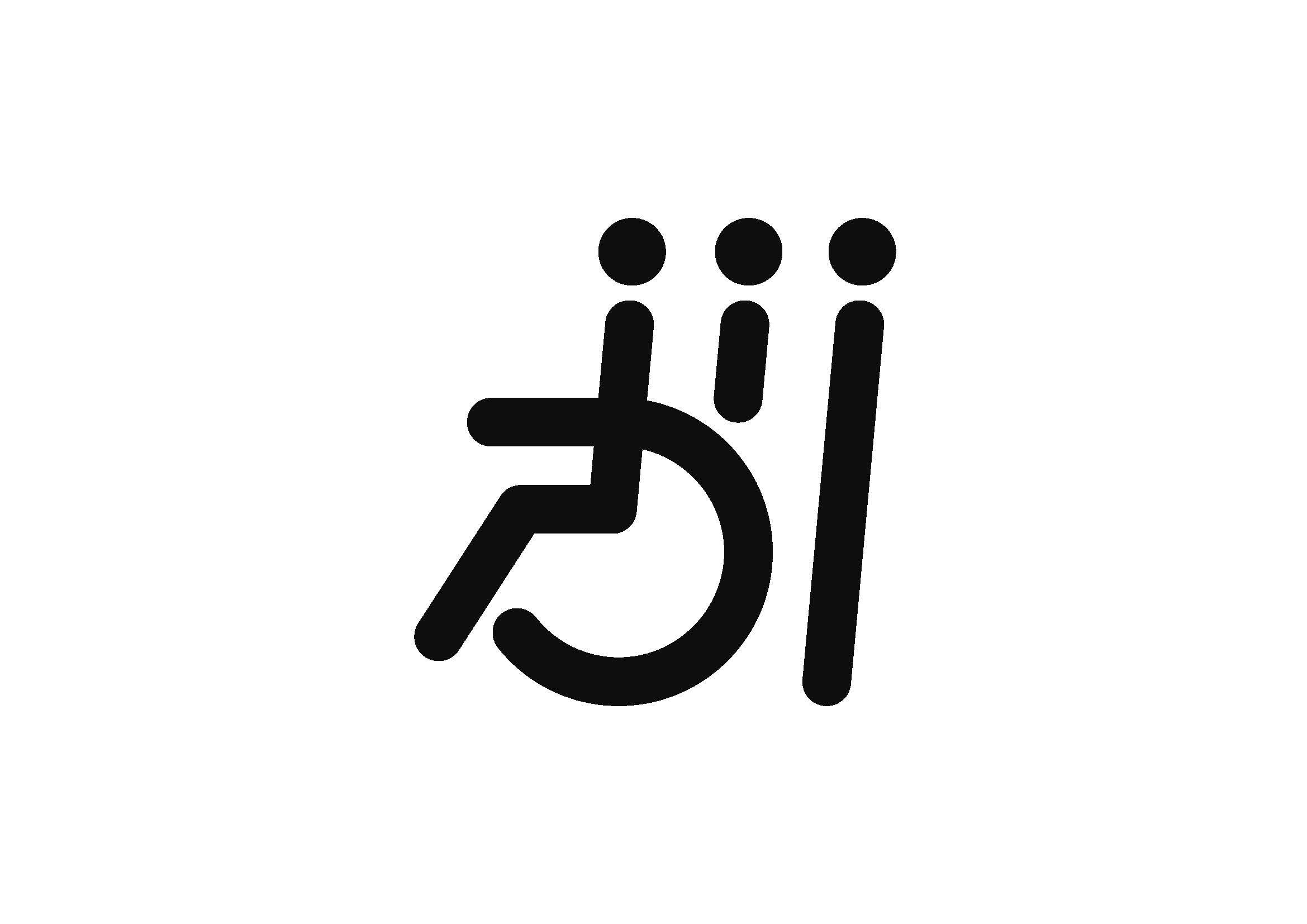MOS
Ioanna Paraskevopoulou
Showings and tickets
Showings and tickets
Friday, 22/09
Saturday, 23/09
Sunday, 24/09
Dancer and choreographer Ioanna Paraskevopoulou describes MOS as a ‘scenic game’ which explores the hidden relations between movement, sound and image. Two performers act and react to a series of randomly chosen film clips on a screen. Their actions are a variation of the classic ‘Foley’ technique which is used for creating sound effects in almost every film or TV series that you have seen. Foley artists typically use a huge variety of objects and sources to make real-life sounds on film, and their techniques are often similar to improvisation or experimental music. In MOS, the performers translate the images they see on screen in surprising ways. The connections between what you see on the screen, and the sounds made by the performers, may not be as logical as you might expect.
ultimAdvisor
Impro4life
●●●●●○
Touchy-Foley
A fascinating kind of bricolage performance where the performers made use of anything they had to hand. Keeping up a constant stream of invention in real time.
FoundinTranslation
●●●●●○
Interesting connections
Makes a good pairing with another dance performance I enjoyed at Ultima this year, Mirte Bogaert’s REtransLATE – in different ways they are both about interpreting images on stage and “translating” them into a different kind of audio and movement language.

MOS I Photo: Pinelopi Gerasimou

Ioanna Paraskevopoulou I Photo: Julian Bommert
Concept and choreography
- Ioanna Paraskevopoulou
Performers
- Ioanna Paraskevopoulou
- Georgios Kotsifakis
In collaboration with
- Aerowaves - dance across Europe
Thank you to
- Eleni Tzarou
- Thanos Daskalopoulos
- Alexandros Tomaras
Produced by
- Onassis Stegi
Co-funded by
- Onassis Stegi - "Outwards Turn" Program



















